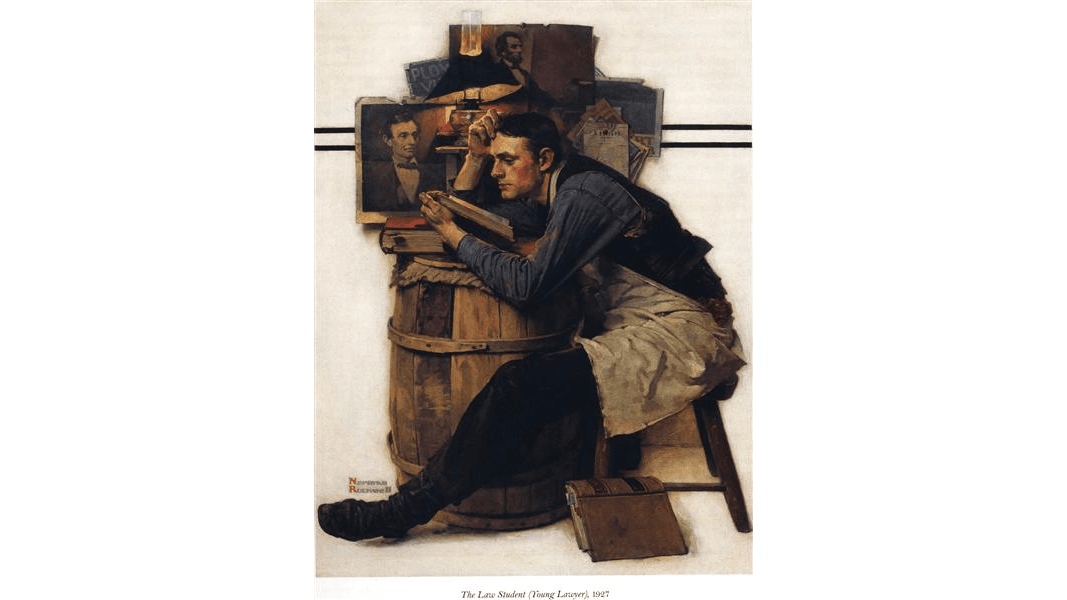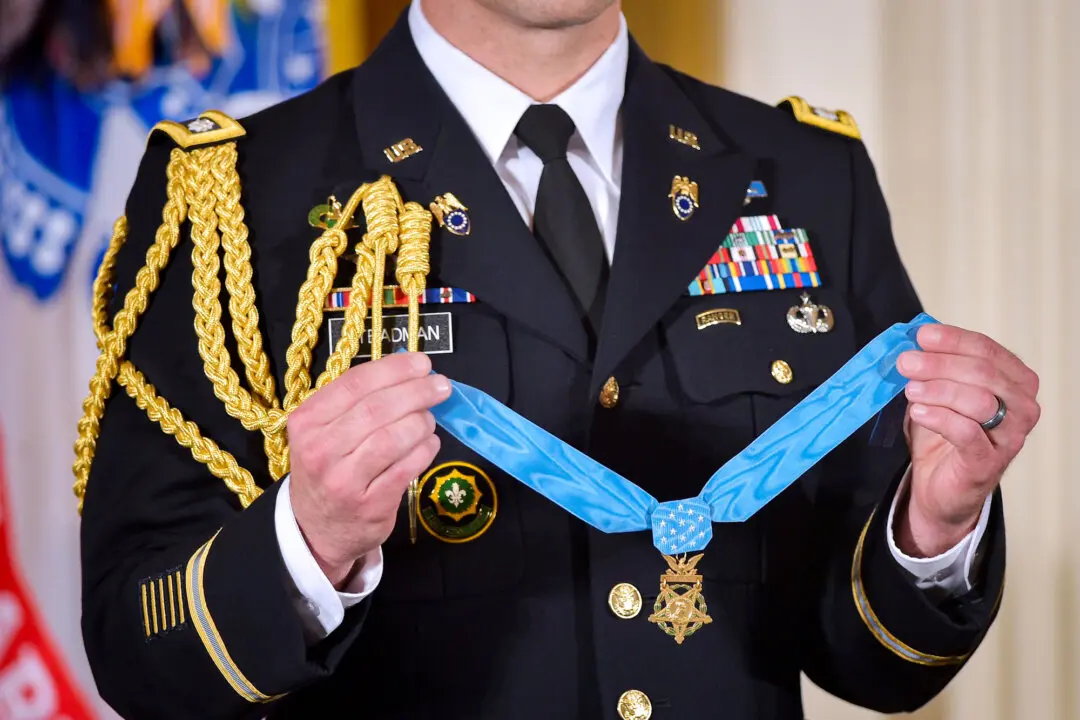Of all American painters, Norman Rockwell (1894–1978) is surely the best-known and most-loved. Talent and decades of providing illustrations for such magazines as Boy’s Life and The Saturday Evening Post won him this place in the annals of American culture.
Though some critics don’t considered him a real artist but an illustrator—Rockwell himself proudly adopted that title—the fact remains that many of us easily recognize and take pleasure in his work: the scenes set in barbershops and doctor’s offices, the joy and humor so often found in his sentimental paintings of people and situations, his consummate skill with a brush, and his clear love for his country.

Digging up literary influences on this chronicler of American life requires some effort, but they are there if we search for them.
Poetry and Faith
Widowed in the summer of 1959, Rockwell enrolled a year later in an adult poetry course taught by Molly Punderson, whom he would marry in 1961. In “Norman Rockwell: A Life,” biographer Laura Claridge reports that while the artist probably joined that class to woo the teacher, he had also clearly read some verse over his lifetime and befriended some poets. Once, when the class became bogged down about the meaning of a Robert Frost poem, Rockwell interrupted, “I can just call up Bob myself and ask him.”Words in Paint
While most of us associate Rockwell with magazines, particularly as the artist of the covers of The Saturday Evening Post, he also illustrated more than 40 books. Of these projects, two works by Mark Twain reflect perhaps the most intense interplay between books and the pictures Rockwell produced.To celebrate the centennial of Mark Twain’s birth, in 1935 the Heritage Press of Connecticut commissioned Rockwell to produce illustrations for new editions of Twain’s “The Adventures of Huckleberry Finn” and “The Adventures of Tom Sawyer.” Wishing to make his illustrations as historically accurate as possible, Rockwell traveled to Hannibal, Missouri, Twain’s boyhood town. There he visited the author’s house, saw the much repaired but still original picket fence of Tom Sawyer fame.

One Master Makes Another
All literary influences pale when compared to the effect of Charles Dickens on Rockwell’s boyhood imagination and his subsequent art.When Rockwell was 8 years old, his father began reading Dickens to the family following supper, a practice that continued for several years. In her Rockwell biography, Claridge finds this influence so powerful that she devotes an entire chapter, “A Dickensian Sensibility,” to its impact, writing that “from the first words he heard intoned, Norman found himself mesmerized by Dickens’s stories.”

Soon the boy was recreating in his drawings the scenes and people he’d taken from Dickens. Later he would write, “I would … draw pictures of the different characters—Mr. Pickwick, Oliver Twist, Uriah Heep. They were pretty crude pictures, but I was very deeply impressed and moved by Dickens. … The variety, sadness, horror, happiness, treachery, the twists and turns of life, the sharp impressions of dirt, food, inns, horses, streets, and people … in Dickens shocked and delighted me.”
As Norman Rockwell himself would later say: “The story is the first thing and the last thing.”








